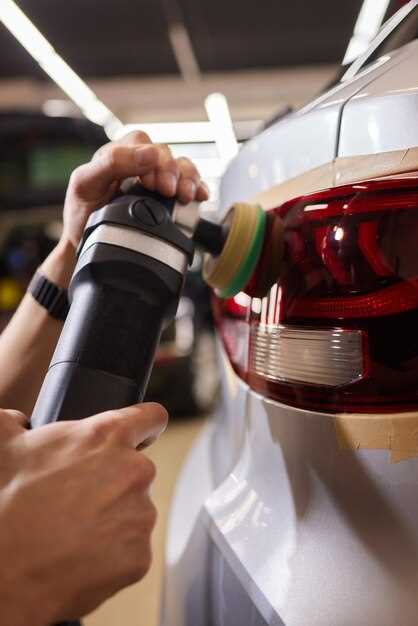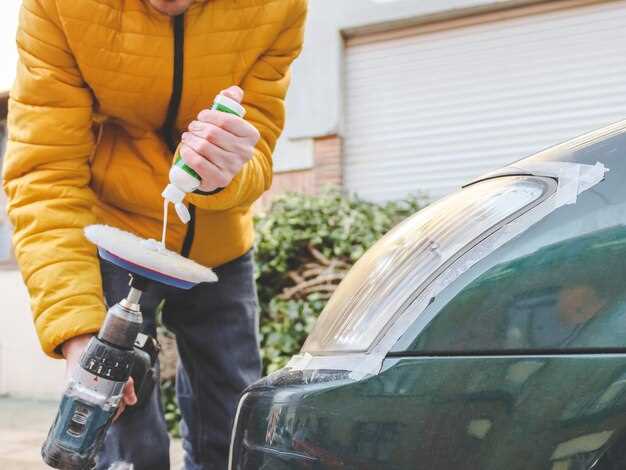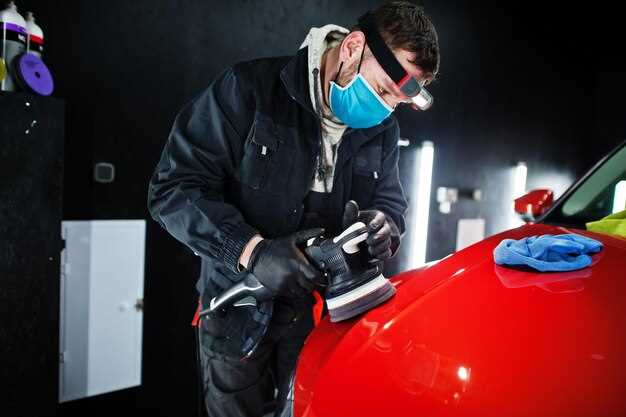
Maintaining the pristine condition of your car is more than just a matter of pride; it’s an investment in the vehicle’s longevity. Regular cleaning and detailing can significantly enhance your car’s appearance and protect its value over time. With a little effort and the right techniques, you can keep your car looking as good as it did on the day you drove it off the lot.
The key to a successful DIY car maintenance routine lies in understanding the various aspects of cleaning and detailing. From exterior washing to interior care, each step plays a crucial role in preserving the aesthetic appeal of your vehicle. By incorporating regular washing, waxing, and vacuuming into your routine, you can fend off dirt, grime, and other elements that can cause wear and tear.
In this article, we will explore effective DIY tips to help you maintain your car’s beauty with minimal expense and maximum efficiency. You’ll discover techniques that not only keep your vehicle clean but also enhance its overall shine and durability. Whether you’re a car enthusiast or simply want to keep your daily ride looking fresh, these tips are tailored for everyone.
Techniques for Interior Cleaning Without Harsh Chemicals

Maintaining the interior of your car doesn’t have to involve harsh chemicals that can be harmful to your health and the environment. Here are some effective techniques for cleaning and detailing your car’s interior using natural alternatives.
1. Vinegar and Water Solution: A mixture of equal parts vinegar and water serves as an excellent cleaner for various surfaces. Use this solution to wipe down dashboard surfaces, door panels, and even fabric seats. The acidity of vinegar helps to break down grime and neutralize odors without leaving behind harsh residues.
2. Baking Soda for Stains: Baking soda is a powerful, natural stain remover. Sprinkle it on fabric seats or carpets, let it sit for 15-20 minutes, and then vacuum it up. This not only removes stains but also absorbs any unpleasant smells that may linger in the interior.
3. Microfiber Cloths: Utilizing microfiber cloths is essential for interior detailing. These cloths can trap dirt and dust effectively without scratching surfaces. Use them dry for dusting or slightly dampened with the vinegar solution for a deeper clean on flat surfaces.
4. Olive Oil for Leather Conditioning: If your car features leather seats, consider using olive oil as a natural conditioner. Mix it with a bit of vinegar and apply it sparingly to the leather. This mixture helps to keep the leather supple and looking new while adding a subtle shine.
5. Steam Cleaning: For a deep clean, consider steam cleaning. A steam cleaner sanitizes and cleans without chemicals, making it perfect for upholstery and carpets. The high temperature of the steam loosens dirt and kills bacteria effectively.
6. Essential Oils for Freshness: To give your car a pleasant scent without using air fresheners that contain chemicals, add a few drops of essential oils to a cotton ball and place it in the cup holder or under a seat. Popular choices include lavender, lemon, or eucalyptus for a fresh and inviting aroma.
Incorporating these techniques into your car maintenance routine can ensure your vehicle remains clean and well-kept while avoiding the potential harm of harsh chemicals. Regular detailing with natural products not only preserves the interior but also provides a healthier environment for you and your passengers.
Best Practices for Maintaining Your Car’s Exterior Shine
To ensure your vehicle maintains its exterior shine, follow these best practices focused on cleaning and detailing.
Regular Washing: Wash your car frequently, ideally every two weeks. Use a pH-balanced car soap and a soft microfiber cloth to avoid scratches. Rinse thoroughly to remove any dirt and grime that can dull the paint.
Drying Techniques: After washing, dry your car with a clean, soft towel or a dedicated drying cloth. Avoid air drying, as it can lead to water spots. Gently pat the surface rather than rubbing to prevent scratches.
Waxing: Apply a high-quality carnauba or synthetic wax every three months. Wax acts as a protective layer against UV rays and environmental contaminants, helping to maintain that sought-after shine. Follow the manufacturer’s instructions for application and buffing.
Detailing Regularly: Perform full detailing sessions at least twice a year. This should include polishing and clay bar treatment to remove embedded contaminants that washing can’t eliminate. Detailing not only enhances shine but also protects your paint from damage.
Sun Protection: Whenever possible, park your car in the shade or use a car cover when parked outside for extended periods. UV rays can fade paint and reduce its luster over time.
Touch-Up Paint: Keep a touch-up paint kit handy for minor scratches and chips. Addressing these blemishes promptly helps prevent rust and discoloration, maintaining the overall appeal of your car.
Sealants: Consider using a paint sealant for longer-lasting protection than traditional wax. Sealants provide a robust barrier against harmful elements and enhance the shine of your car’s exterior.
By following these practices consistently, you can ensure your car retains its vibrant look and remains a head-turner on the road.
Step-by-Step Guide to Engine Bay Detailing

Engine bay detailing is essential for maintaining your car’s aesthetic and performance. A clean engine can help identify potential issues, prevent corrosion, and ensure everything runs smoothly. Follow these steps to achieve a gleaming engine bay.
1. Gather Your Supplies
Before starting, collect the necessary supplies: a microfiber cloth, a soft brush, engine degreaser, water, a spray bottle, and protective gear such as gloves and goggles.
2. Prepare the Vehicle
Ensure the car is parked on a flat surface and the engine is cool. Disconnect the battery terminals, starting with the negative terminal, to prevent any electrical issues.
3. Cover Sensitive Components
Use plastic bags or aluminum foil to cover sensitive parts, such as the air intake, exposed wiring, and the battery. This precaution prevents water and degreaser from getting into critical areas.
4. Apply Degreaser
Spray the engine degreaser generously on all surfaces, focusing on greasy areas. Allow it to sit for about 10-15 minutes to break down the buildup.
5. Scrub the Engine Bay
With a soft brush, scrub the engine components and surrounding areas gently. Pay attention to corners and crevices where dirt accumulates. Use a microfiber cloth to wipe away excess degreaser and dirt.
6. Rinse Thoroughly
Using a garden hose or a spray bottle filled with water, rinse the engine bay carefully. Avoid using a high-pressure washer, as it can force water into electrical components.
7. Dry the Engine Bay
Using a clean microfiber cloth, dry the surfaces gently. Ensure any excess moisture is removed to prevent rust and corrosion.
8. Restore Shine
To finish, apply a suitable engine dressing or protectant to restore shine to plastic and rubber components. Follow the product instructions for the best results.
9. Reconnect the Battery
Once everything is dry, reconnect the battery terminals, starting with the positive terminal.
10. Final Check
Conduct a final inspection of the engine bay, ensuring all components are clean and secure. Start the engine and allow it to run for a few minutes to ensure everything is functioning smoothly.
Following this detailed guide will help keep your car’s engine bay looking pristine and contribute to its overall performance and longevity.




